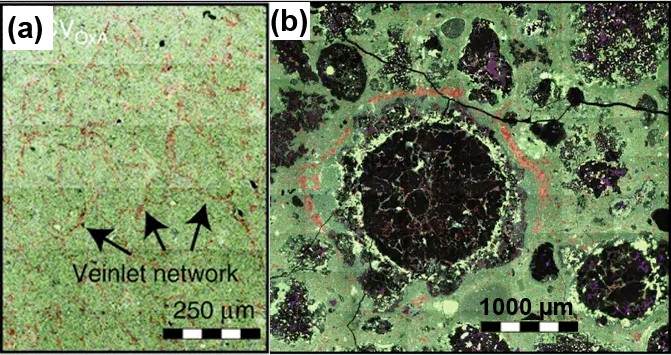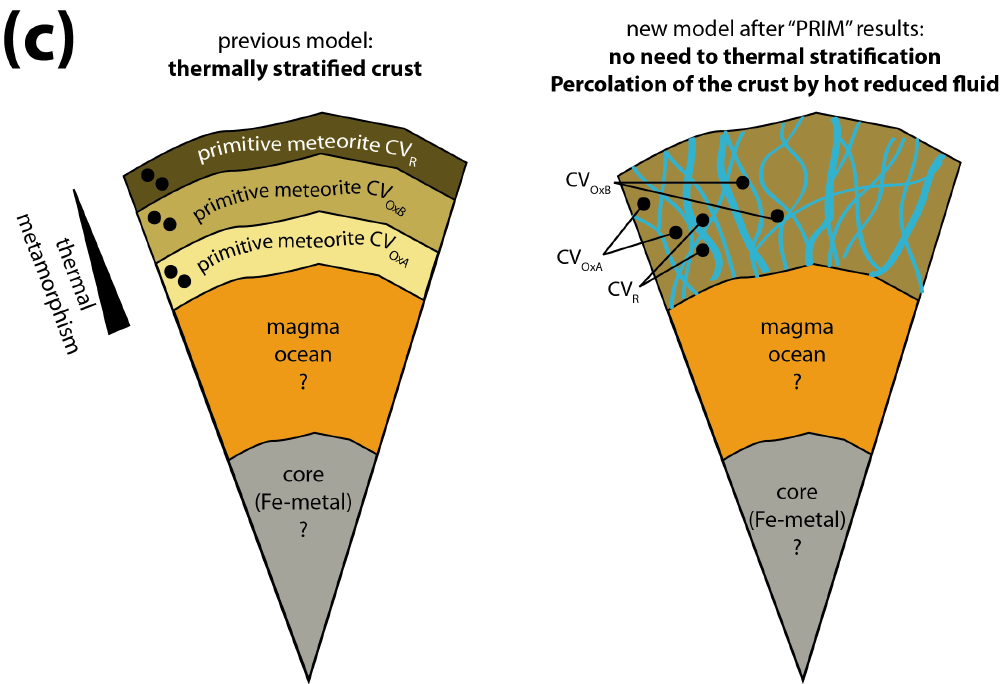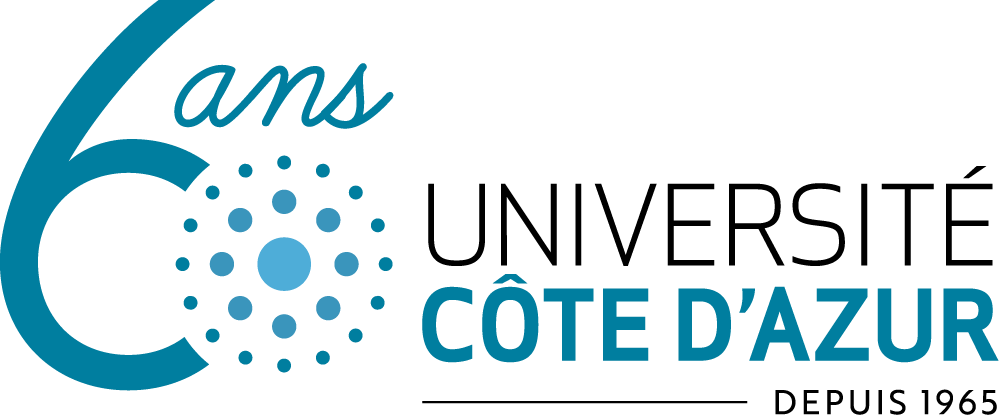Académie d'Excellence "Espace, Environnement, Risques et Résilience"
Are primitive meteorites so primitive?
What the primitive matter in the Solar System tells us on its original nature and formation

Academy 3 highlight
PRIM combines up-to-date geochemical techniques and thermodynamic modelling to probe and decipher the oldest witnesses of our primitive Solar System. Its results help better understand the history of the early Solar System.
The project
How did our solar system form? Even though this question has motivated intensive research in recent decades, it is still posed and debated. PRIM tackles this question, and proposes new answers, based on ultra-high resolution mineral analysis of some of the most pristine material of our Solar System: the carbonaceous chondrites. These are pieces of the earliest small planets (planetesimals) that were forming our Solar System in the very first moments of its history. These small planets broke at a later time of their evolution, and some of their pieces, the carbonaceous chondrites, reached the Earth in the form of meteorites. We have gained access to ten of these primitive meteorites (Vigarano-like “CV” carbonaceous chondrites) that have been discovered on the Earth.
Using modern instruments such as a scanning electron microscope and an electron probe micro analyser, we analysed the secondary minerals that exist throughout the chondrites. Because those secondary minerals likely formed in their “parent body” (i.e. the small planet – now destroyed – from where these meteorites were extracted), they provide invaluable information on the planetesimals that were forming our Solar System. Our analyses revealed mineralogical assemblages whose formation required much higher temperatures than previously proposed. The thermodynamic modeling of the stability conditions for these mineralogical assemblages confirmed the high temperatures. Furthermore, the analyses revealed that the minerals formed from hot H2-rich fluid phases, and not from low temperature precipitation in aqueous solutions as previously thought. Through the PRIM project, we have thus demonstrated that the parent bodies in our primitive Solar System were hot (fluids at T>350°C thus in gas form) and reduced (conditions allowing stability of both iron and magnetite). These are new important constraints to understand the original accretion scenario of our Solar System and the dynamics of the early Solar System. In particular, our new results call for the need to understand which accretional rates were able to produce such high temperatures.

The +
The high resolution of the modern geochemical probing instruments combined with an up-dated thermodynamic database allows us to decipher our very oldest past – the birth of our Solar System about 4.56 billion years ago – in just a few sample rocks that travelled through the solar system and reached our Earth. This opens a promising avenue to understand the biggest question –where we come from – from small elements– the chemistry of the earliest rock remnant
What’s next?
We will check if the unexpected results on the thermal history of the primitive “CV” carbonaceous chondrite are unique and due to a peculiar parent body, or can be generalized to other primitive chondrite groups and hence generalized to most early planetesimals. Altogether, these results will help to build new physical and thermal models taking into account all known possible heat sources. We anticipate that these new models will be a significant step towards a better understanding of the early Solar System history.
Project information
|
Scientific domain
Petrology
Theme
Solar System formation
|
Key words
Secondary minerals ;
Chondrite ; Parent body |
|
Total budget
32 k€ including : |
Students inolved
2017 - Jérémie Malecki (M2, Université de Nice Sophia-Antipolis)
2018 - Lucas Favre-Giraud (L3, Université de Nice Sophia-Antipolis) 2019 - Kilian Lecacheur (M1, Université Côte d'Azur) |
| Partner laboratories
UMR Lagrange, Nice
Université Libre de Bruxelles International collaborations
Université Libre de Bruxelles, Belgique
|
Project members
Guy Libourel,
Alain Bernard, Ganino Clément
|
Project valorization
Publications:
- Ganino, C., Libourel, G., 2017. Reduced and unstratified crust in CV chondrite parent body. Nat. Commun. 8, 261. https://doi.org/10.1038/s41467-017-00293-1
- Libourel, G., Michel, P., Delbo, M., Ganino, C., Recio-Blanco, A., de Laverny, P., Zolensky, M.E., Krot, A.N., 2017. Search for primitive matter in the Solar System. Icarus 282, 375–379.
- Ganino, C., Libourel, G., Bernard, A., 2019. Fumarolic incrustations at Kudryavy volcano (Kamchatka) as a guideline for High-Temperature (>850°C) extinct hydrothermal systems. Journal of Volcanology and Geothermal Research 376, p. 75-85. https://doi.org/10.1016/j.jvolgeores.2019.03.020
- Ganino C. and G. Libourel, 3 July 2020 - Fumarolic-like activity on carbonaceous chondrite parent body - Science Advances 2020; 6 : eabb1166.
- DOI: 10.1126/sciadv.abb1166
- Ganino, C. Libourel, G. 2018. Reduced and Unstratified crust in CV chondrite parent body, Congrès du Programme National de Planétologie, Nice.
- Libourel G., Michel P., Delbo M., Ganino C., Recio-Blanco A., de Laverny P., Zolensky M. et Krot A.N., Search for primitive matter in the Solar System, Lunar and Planetary Sciences Congress XLVIII, The Woodlands, Texas (USA), 20-24 March, 2017.
- Ganino C., Libourel G., Jacomet S. et Tottereau O., Formation of secondary Ca-Fe –rich minerals assemblages in CV chondrites, Lunar and Planetary Sciences Congress XLVIII, The Woodlands, Texas (USA), 20-24 March, 2017.



















